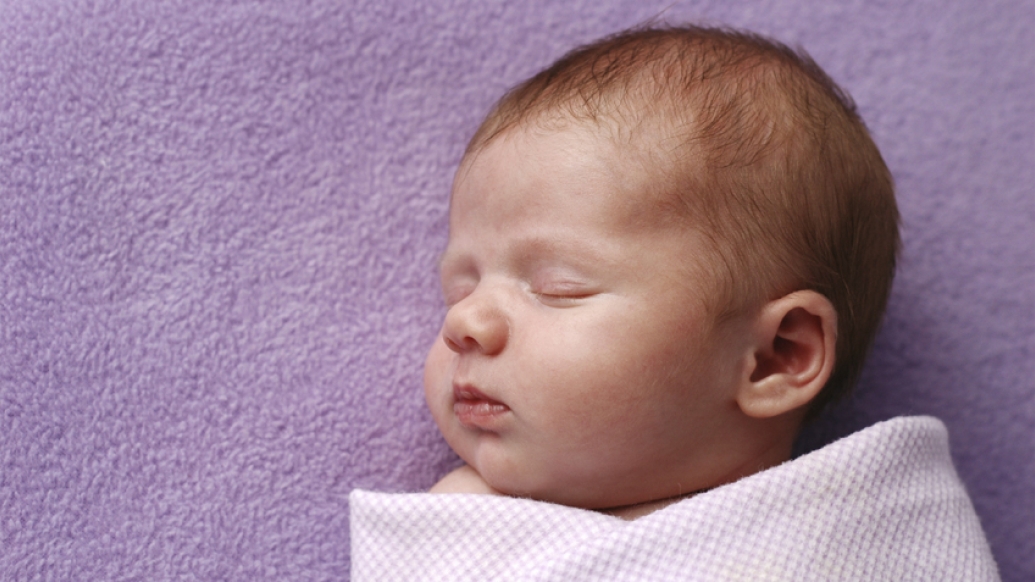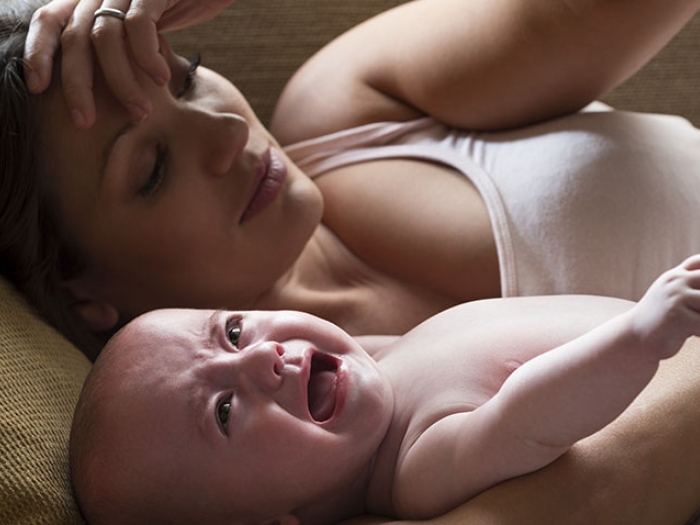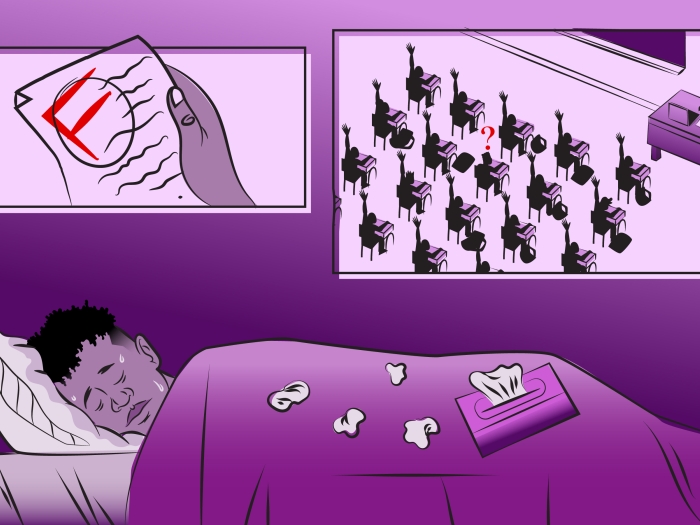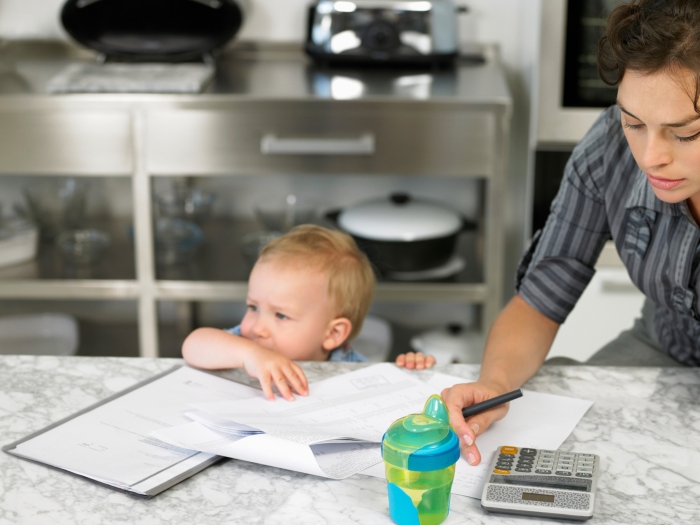Swaddling, when done properly, can be a key sleep aid for infants. A recent analysis could wrongly push parents away from the practice.
10:53 AM
Author |

This article was updated on March 1, 2022.
According to some interpretations of research, swaddling puts babies at a higher risk for sudden infant death syndrome, commonly known as SIDS.
But the conclusion isn't wrapped up so easily.
Widely reported findings from a 2016 University of Bristol analysis in Pediatrics contain crucial gaps in methodology that could cause parents unnecessary concern and, perhaps as a result, incite far riskier behavior in order to calm their newborns, says Sharon Kileny, M.D., a pediatrician at University of Michigan Health C.S. Mott Children's Hospital.
Some of the SIDS data — with studies culled from Australia, England and the United States — cites decades-old research conducted long before national campaigns were launched to promote putting babies to sleep on their backs.
"At least three of the studies were taken before 1996, when we routinely recommended putting infants on their backs," said Kileny, who wasn't involved in the Pediatrics review. "And we don't know what other variables were involved in these kids' sleep environments."
Research cited in the analysis, she adds, didn't account for risk factors such as whether one or both parents smoked, or if any stuffed animals or bumpers were placed in the crib. For safety, infants should have nothing, other than a properly swaddled blanket, in their beds. The analysis also did not address whether adults or other family members were sharing the bed with the infant.
Nor was there a uniform definition of swaddling, which differs among families and cultures.
For many families, it's really the only safe way to put their baby to sleep … the only way to calm them down and soothe to sleep on their own.Sharon Kileny, M.D.
The analysis, whose pooled data surveyed 760 SIDS cases and 1,759 controls, nonetheless determined that the risk was highest when a swaddled baby was placed on his or her stomach. Such risk was reduced with a side-sleeping position and least probable when babies slept on their backs.
SIDS is the leading cause of death for infants younger than 1. The cause is unknown.
Should parents avoid swaddling their newborn, then?
Absolutely not, Kileny said: "For many families, it's really the only safe way to put their baby to sleep … the only way to calm them down and soothe to sleep on their own. There are a lot of babies out there that are very fussy."
A far greater danger, she maintains, lies in parents who might skip swaddling out of fear and instead sleep with their infants while seated in a chair or together in an adult bed — avoidable causes of accidental suffocation.
Kileny worries, too, that writing off a reliable means of calming the baby might overwhelm at-risk parents who are "at wit's end because they haven't slept in days."
That is why she advises new parents how to properly swaddle.
"You want it tight enough so the infant is not able to bust out of it," Kileny said, noting that proper swaddling helps suppress a baby's startle reflex, which can prevent or rouse them from sleep.
One part of the Bristol analysis that rings true: Swaddled babies older than 15 weeks were at a higher risk of SIDS.
That underscores the need to obey the practice's long-standing cutoff date: Babies who can forcibly untangle a blanket or roll over independently, typically starting at about 4 months old, should no longer be swaddled (and sleep without a blanket or other items.)
Prior to that milestone, however, Kileny will continue to support swaddling for families who find it helpful.
"I'm not going to tell my patients to worry," she said. "If their child needs to be swaddled, they should swaddle."
Swaddle safety success
-
Babies should only sleep on their backs.
-
Only swaddle babies until they are 4 months old, or rolling over — whichever comes first.
-
The swaddle should only wrap as high as the baby's shoulders.

Explore a variety of healthcare news & stories by visiting the Health Lab home page for more articles.

Department of Communication at Michigan Medicine
Want top health & research news weekly? Sign up for Health Lab’s newsletters today!





